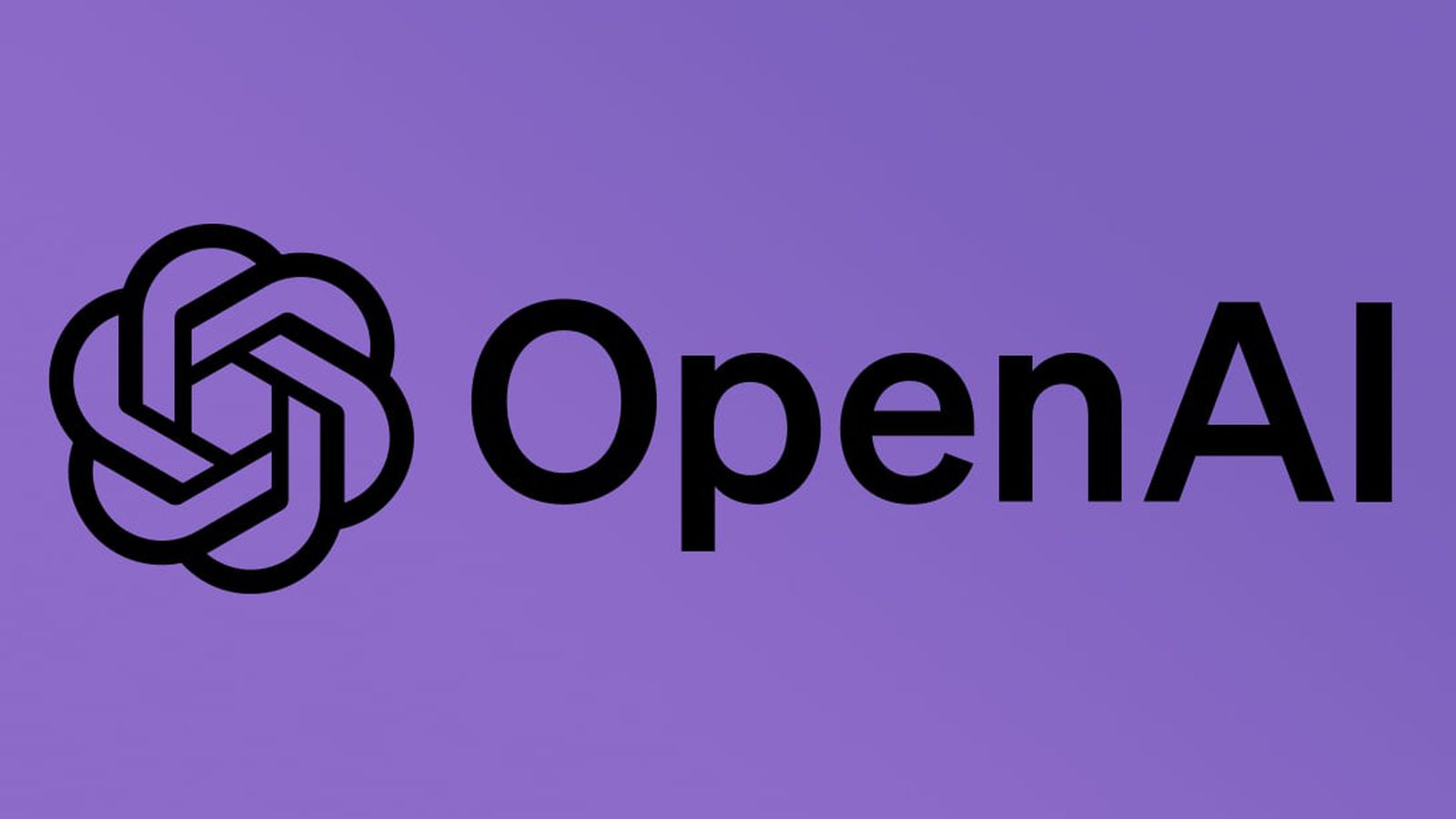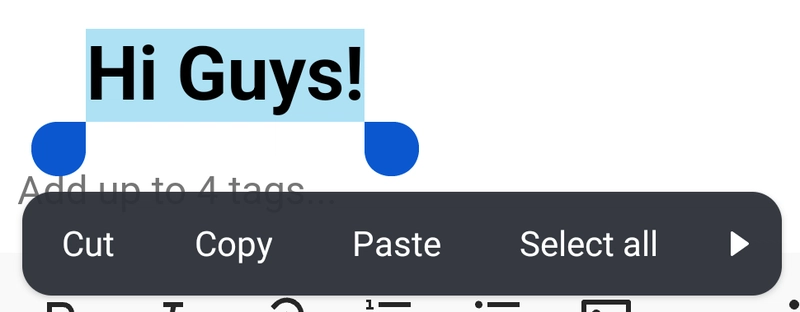Dynamic Runtime Configuration with Kiponos & Log4j2: A Game-Changer for Developers and DevOps
Imagine a world where you adjust your application's log levels or tune runtime parameters without restarting services or redeploying code. With Kiponos' true real-time configuration updates, this vision is now reality. In this post, we'll explore how to implement a dynamic log-level switch using Log4j2, and why this pattern applies to feature toggles, connection pool resizing, and more. Real-Time Configuration with Kiponos Kiponos simplifies configuration management by letting you define environments, generate SDK tokens, and push config changes in real-time via WebSockets. A change made in the Kiponos admin console dispatches instantly to your application, effectively turning your runtime into a live control panel. Key Features: Instant Update: Config changes are applied immediately without service restarts. Team-Based Access: Fine-grained permissions ensure that only authorized users can modify configs. Flexible Integration: Compatible with frameworks like Spring Boot, supporting a variety of runtime configurations. Dynamic Log Level Update Using Log4j2 Below is a practical example of how to implement a runtime log-level update using the Kiponos SDK and Log4j2. public class LogLevelManager { private static final Kiponos kiponos = Kiponos.createForCurrentTeam(); private final String keyName; private final String logTarget; public LogLevelManager(String keyName, String logTarget) { this.keyName = keyName; this.logTarget = logTarget; } public void start() { kiponos.afterValueChanged(valueChangedInfo -> { if (valueChangedInfo.key.equals(keyName)) { String newLevel = valueChangedInfo.newValue; // Validate to avoid dangerous levels like DEBUG in production if (!Set.of("TRACE", "DEBUG", "INFO", "WARN", "ERROR", "FATAL").contains(newLevel)) { System.err.println("Invalid log level: " + newLevel); return; } Level level = Level.toLevel(newLevel, Level.INFO); Configurator.setAllLevels(logTarget, level); System.out.println("Log level updated to: " + level); } }); } } Usage in a Spring Boot Application LogLevelManager logLevelManager = new LogLevelManager("log-level", "com.myapp"); logLevelManager.start(); Changing your app log level on Kiponos.io Get the SDK from Maven Repo Available in Maven Repo: Kiponos.io SDK Get the SDK API Key for your runtime env: On your free account for Team Starters, go to your "Config SDK". Initially you'll see there are no tokens yet: So click to generate your first ones: This allows you to use the SDK with various runtime environments, each with its own tokens. The -D JVM property allows you to associate your SDK with specific environment configuration - this verifies you are the owner of the environment and your SDK listens to any change your team members makes online on your team account. As you can see, you can roll your tokens and regenerate new ones at any time, effectively invalidating old ones. Why This Approach is a Game-Changer Advantage Points Centralized Config Manage log levels and other runtime parameters via a single web control panel. Zero Downtime Updates Apply changes without restarting services or recompiling code. Runtime Flexibility Adapt dynamically to operational needs like feature toggles or connection pool sizes. Enhanced Security & Stability Validate inputs to avoid unintentional disruptions (e.g., turning on debug logging in production). Final Thoughts Dynamic runtime configuration using Kiponos and Log4j2 not only simplifies your code but also empowers both developers and DevOps to fine-tune application behavior in real time. This approach helps you avoid maintenance headaches and encourages a more agile, responsive system design. Embrace this pattern and transform your application's operational excellence—after all, externalizing configurations is a key step towards building resilient, scalable systems.

Imagine a world where you adjust your application's log levels or tune runtime parameters without restarting services or redeploying code. With Kiponos' true real-time configuration updates, this vision is now reality. In this post, we'll explore how to implement a dynamic log-level switch using Log4j2, and why this pattern applies to feature toggles, connection pool resizing, and more.
Real-Time Configuration with Kiponos
Kiponos simplifies configuration management by letting you define environments, generate SDK tokens, and push config changes in real-time via WebSockets. A change made in the Kiponos admin console dispatches instantly to your application, effectively turning your runtime into a live control panel.
Key Features:
Instant Update: Config changes are applied immediately without service restarts.
Team-Based Access: Fine-grained permissions ensure that only authorized users can modify configs.
Flexible Integration: Compatible with frameworks like Spring Boot, supporting a variety of runtime configurations.
Dynamic Log Level Update Using Log4j2
Below is a practical example of how to implement a runtime log-level update using the Kiponos SDK and Log4j2.
public class LogLevelManager {
private static final Kiponos kiponos = Kiponos.createForCurrentTeam();
private final String keyName;
private final String logTarget;
public LogLevelManager(String keyName, String logTarget) {
this.keyName = keyName;
this.logTarget = logTarget;
}
public void start() {
kiponos.afterValueChanged(valueChangedInfo -> {
if (valueChangedInfo.key.equals(keyName)) {
String newLevel = valueChangedInfo.newValue;
// Validate to avoid dangerous levels like DEBUG in production
if (!Set.of("TRACE", "DEBUG", "INFO", "WARN", "ERROR", "FATAL").contains(newLevel)) {
System.err.println("Invalid log level: " + newLevel);
return;
}
Level level = Level.toLevel(newLevel, Level.INFO);
Configurator.setAllLevels(logTarget, level);
System.out.println("Log level updated to: " + level);
}
});
}
}
Usage in a Spring Boot Application
LogLevelManager logLevelManager = new LogLevelManager("log-level", "com.myapp");
logLevelManager.start();
Changing your app log level on Kiponos.io
Get the SDK from Maven Repo
Available in Maven Repo:
Kiponos.io SDK
Get the SDK API Key for your runtime env:
On your free account for Team Starters, go to your "Config SDK". Initially you'll see there are no tokens yet:
So click to generate your first ones:
This allows you to use the SDK with various runtime environments, each with its own tokens.
The -D JVM property allows you to associate your SDK with specific environment configuration - this verifies you are the owner of the environment and your SDK listens to any change your team members makes online on your team account.
As you can see, you can roll your tokens and regenerate new ones at any time, effectively invalidating old ones.
Why This Approach is a Game-Changer
Advantage Points
- Centralized Config
- Manage log levels and other runtime parameters via a single web control panel.
- Zero Downtime Updates
- Apply changes without restarting services or recompiling code.
- Runtime Flexibility
- Adapt dynamically to operational needs like feature toggles or connection pool sizes.
- Enhanced Security & Stability
- Validate inputs to avoid unintentional disruptions (e.g., turning on debug logging in production).
Final Thoughts
Dynamic runtime configuration using Kiponos and Log4j2 not only simplifies your code but also empowers both developers and DevOps to fine-tune application behavior in real time. This approach helps you avoid maintenance headaches and encourages a more agile, responsive system design.
Embrace this pattern and transform your application's operational excellence—after all, externalizing configurations is a key step towards building resilient, scalable systems.

























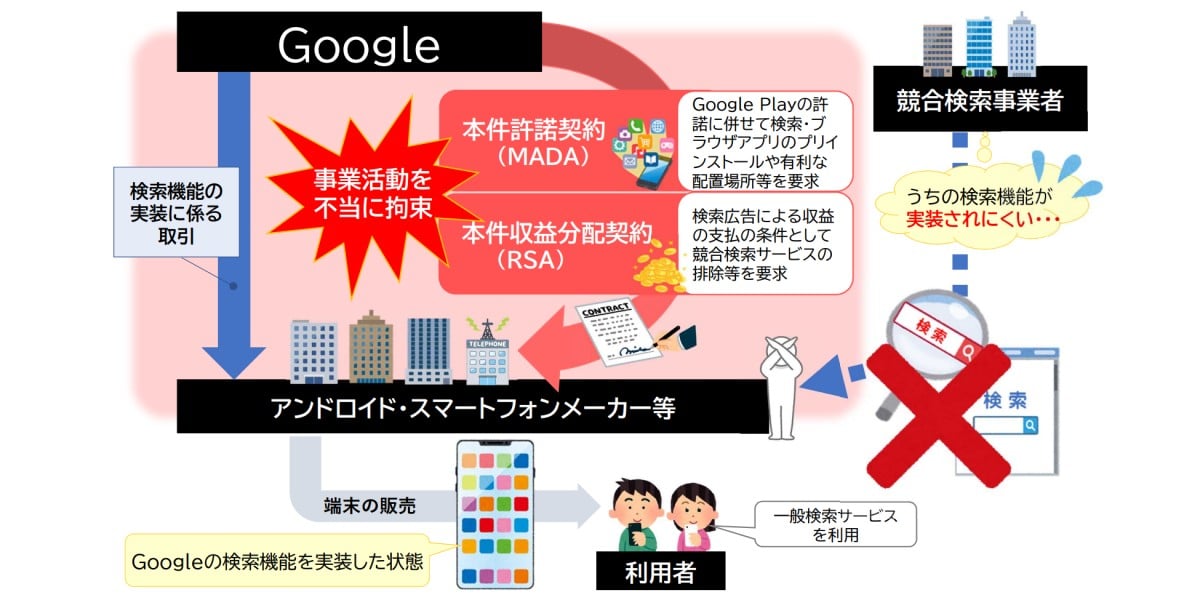

















































































































































![[The AI Show Episode 144]: ChatGPT’s New Memory, Shopify CEO’s Leaked “AI First” Memo, Google Cloud Next Releases, o3 and o4-mini Coming Soon & Llama 4’s Rocky Launch](https://www.marketingaiinstitute.com/hubfs/ep%20144%20cover.png)














































































































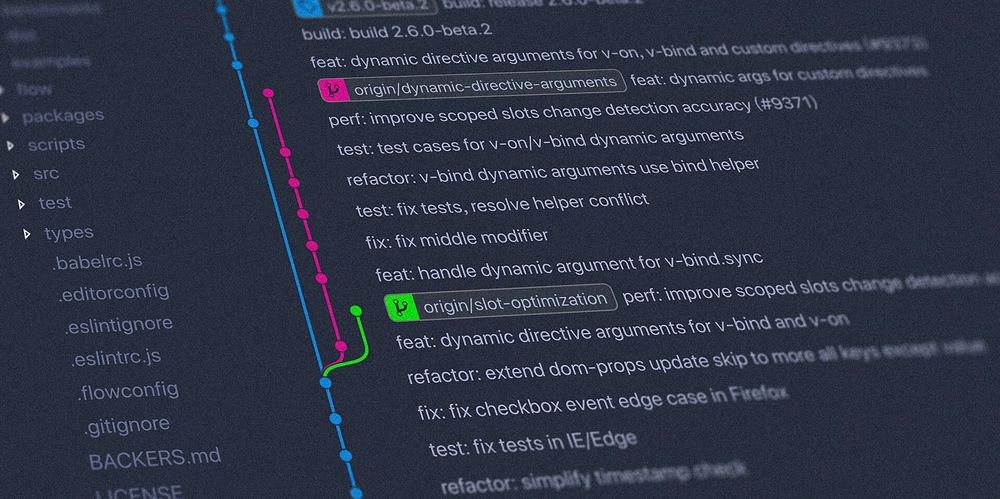

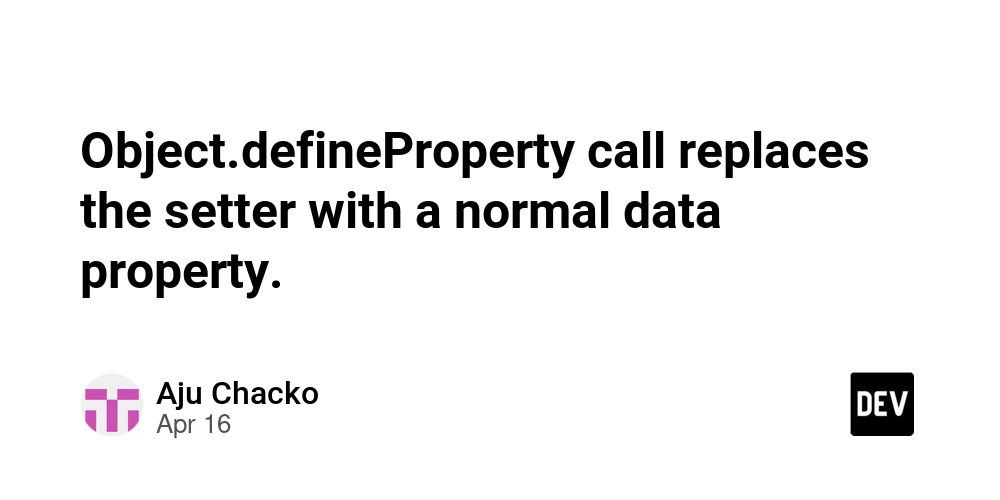






























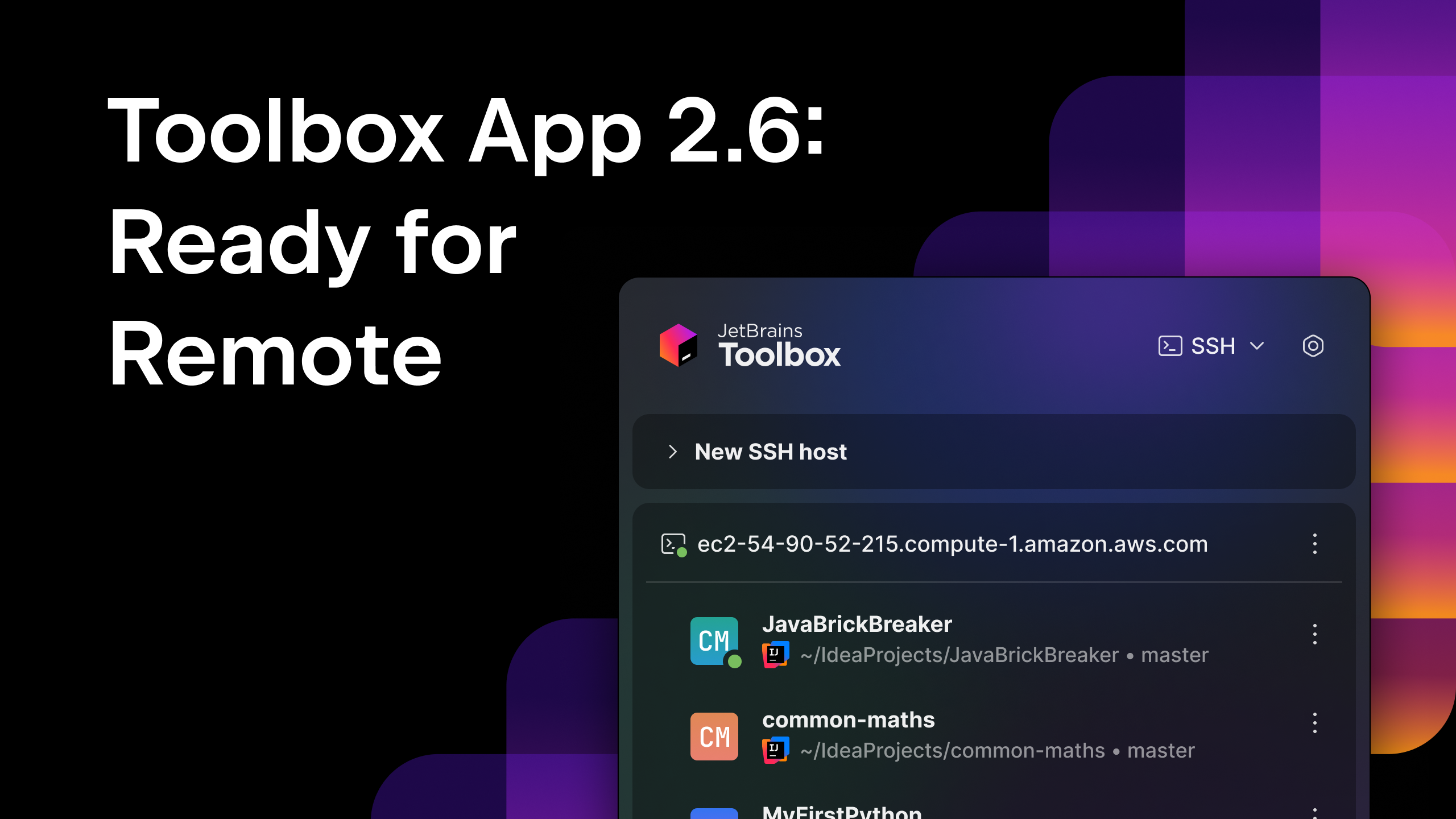





















































![Blue Archive tier list [April 2025]](https://media.pocketgamer.com/artwork/na-33404-1636469504/blue-archive-screenshot-2.jpg?#)
































.png?#)









-Baldur’s-Gate-3-The-Final-Patch---An-Animated-Short-00-03-43.png?width=1920&height=1920&fit=bounds&quality=70&format=jpg&auto=webp#)










































































































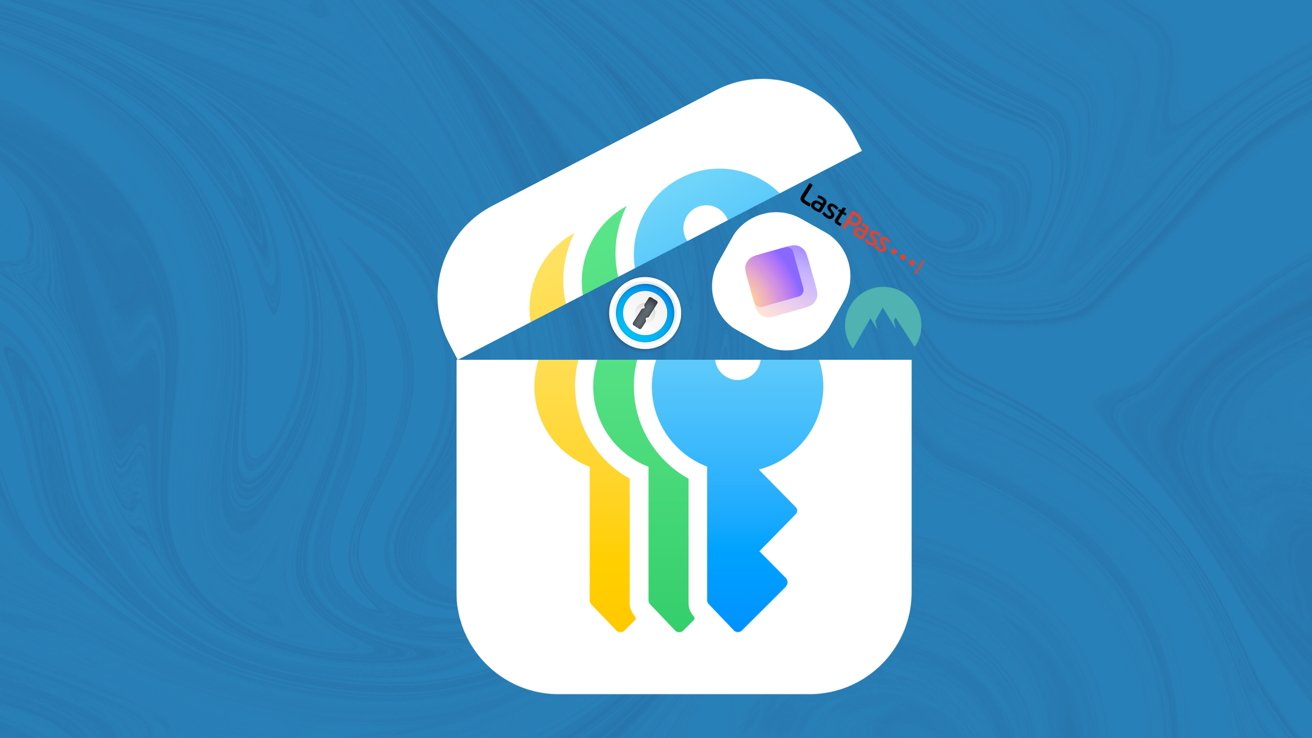








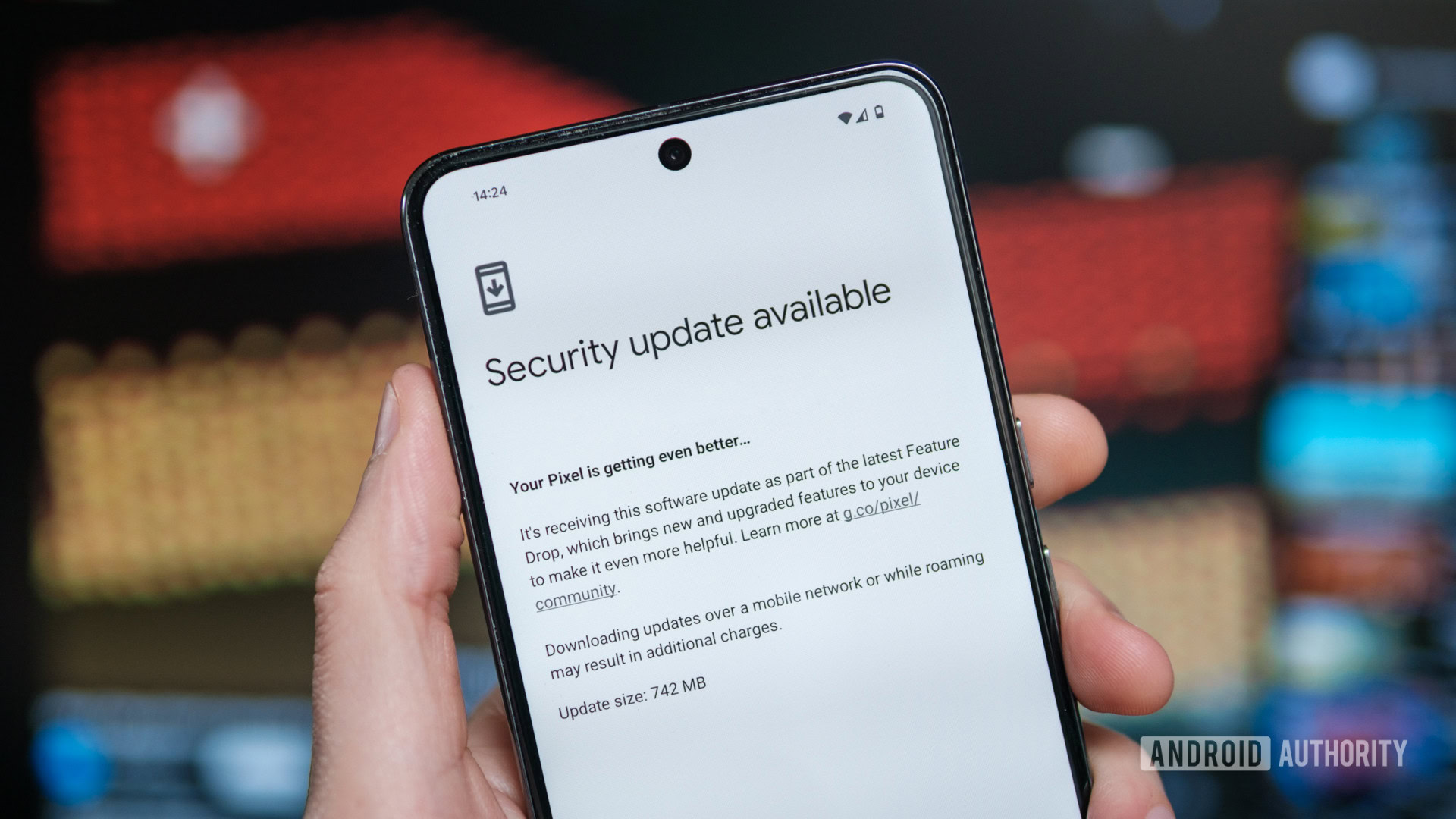




















![Apple to Split Enterprise and Western Europe Roles as VP Exits [Report]](https://www.iclarified.com/images/news/97032/97032/97032-640.jpg)
![Nanoleaf Announces New Pegboard Desk Dock With Dual-Sided Lighting [Video]](https://www.iclarified.com/images/news/97030/97030/97030-640.jpg)

![Apple's Foldable iPhone May Cost Between $2100 and $2300 [Rumor]](https://www.iclarified.com/images/news/97028/97028/97028-640.jpg)












































